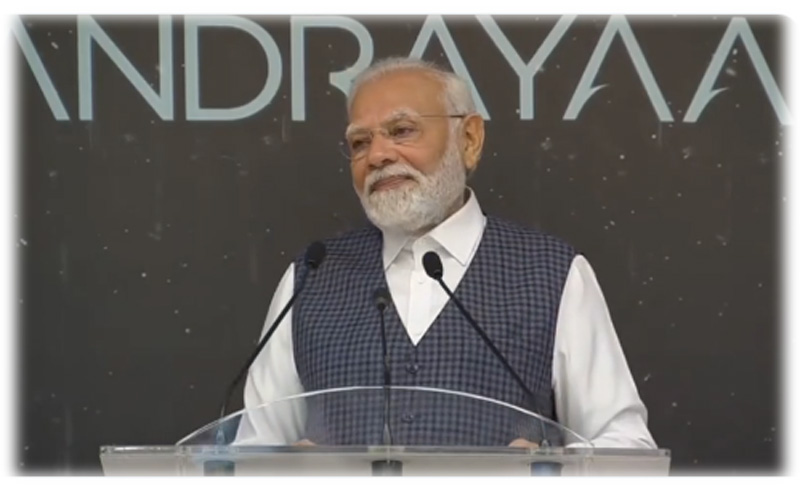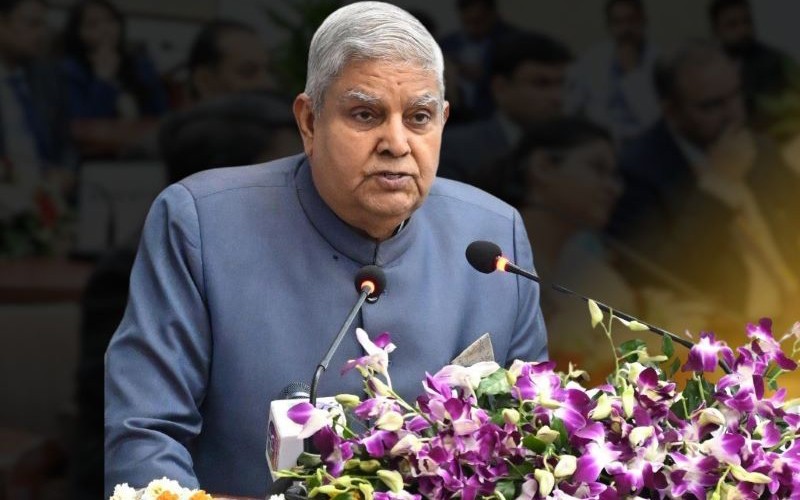Indian Space Station by 2035, first Indian on Moon by 2040: PM Modi sets ambitious targets for India's space program

New Delhi: Prime Minister Narendra Modi on Tuesday set forth ambitious objectives for India's space program during a high-level meeting.
Expanding on the accomplishments of Chandrayaan-3 and Aditya L1 missions, the prime minister instructed officials to work towards establishing an Indian Space Station by 2035 and to dispatch the first Indian astronaut to the Moon by 2040.
In order to achieve these ambitious targets, the Department of Space will chart a course for Moon exploration.
This roadmap will cover a series of Chandrayaan missions, the development of a Next Generation Launch Vehicle (NGLV), the construction of a new launch pad, and the establishment of human-centric laboratories and related technologies.
The meeting also reviewed the advancements in the Gaganyaan Mission, India's first endeavor to send astronauts into space.
The Department of Space provided a comprehensive outline of the mission, encompassing the development of various technologies, particularly those related to human-rated launch vehicles.
Approximately 20 significant tests are in the pipeline, including three uncrewed missions involving the Human Rated Launch Vehicle (HLVM3). The first test flight of the Crew Escape System Test Vehicle is slated for October 21, 2023, with the mission's launch anticipated in 2025.
A successful Gaganyaan Mission would establish India as the fourth nation, after the US, Russia, and China, to send a human into space. The spacecraft, a fully independent 5.3-ton module, is engineered to carry a crew of three to orbit and ensure their safe return to Earth after a mission lasting up to seven days.
Prime Minister Modi urged Indian scientists to focus on interplanetary ventures, such as a Venus Orbiter Mission and a Mars Lander. He expressed faith in India's abilities and reiterated the country's dedication to pushing boundaries in space exploration.
In a groundbreaking achievement, India accomplished a successful landing near the Moon's south polar region through Chandrayaan-3 in August of this year. The spacecraft not only landed but also deployed a rover—Pragyan—and conducted experiments on-site.
The Indian space agency also conducted a hop test with the Vikram lander before placing it in sleep mode at the Shiv Shakti Point.





